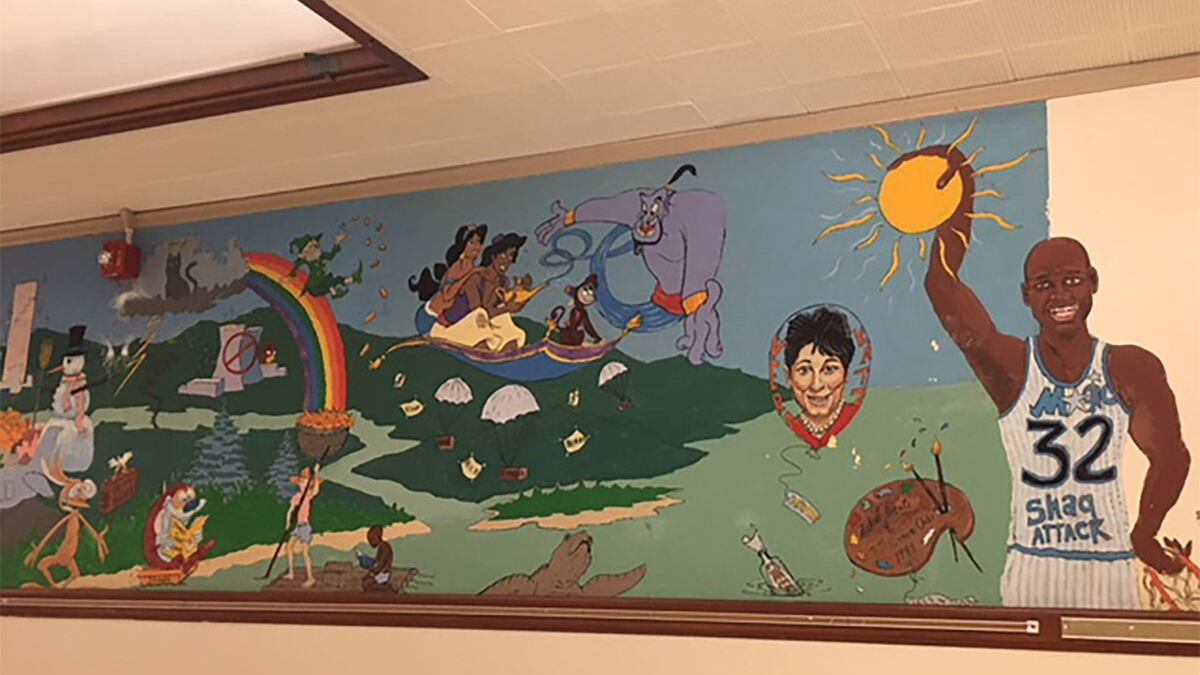Glencoe Murals Inappropriate
If Willamette Week had interviewed staff or more than one current member of the Glencoe Elementary community, this would have been a different story ["The Cover-Up," WW, Dec. 12, 2018]. Staff members have been talking about having the murals removed for years, long before Ms. Clark's tenure as principal. For the past few years, our community has been discussing in staff meetings, site council and PTA meetings what it means to have certain images on our walls and what messages they send to all who enter our building. Many of the images are upsetting and problematic. The decision to cover them was a relief to many. Ms. Clark not only photographed all the murals, she is creating a book and online portfolio, she did outreach for the evening event, sent a letter home to all families, created a display case in our front hall, and community members posted about the event on social media. In all, 15 members of the community showed up to the evening event.
We look at this as trauma-informed professionals and through an equity lens. Images on murals and in public art speak to the norms and values of the community. We are an elementary school. As elementary educators, we understand the power of images, especially with prereaders or students with limited English. It is one thing to teach history and current events by embedding events in a historical context with age-appropriate books and discussions in our classrooms. And it is another to have images of war, terrorism and slavery, free from any context, on our walls. There are images of the burning twin towers, a package from the Unabomber, planes flying into buildings, and burning, sinking ships. Imagine being a refugee or immigrant from a war-torn country seeing a large mural on the wall of soldiers fighting in Iraq with bombs raining down on a cartoonish version of a Middle Eastern city. That is outside our kindergarten and first-grade classrooms. Smoke from bombs form the word "Kosovo" outside our gym. What is the message we send to our students when the depictions of African-Americans on our walls are sports stars or entertainers or slaves and the white people are politicians and astronauts? Or the depictions of Native Americans are shooting arrows and on the warpath or the Disney version of Pocahontas? How about the arbitrary images of the crudest ethnic stereotypes with seemingly no context at all?
The article spoke of history and tradition—the same argument given for preserving Confederate statues. We see daily evidence that white supremacy and colonialism are traditions to some. It is imperative these ideologies be examined and discussed in our classrooms, but they should not be memorialized on the walls of our elementary school.
Glencoe Elementary staff:
Michelle Bernt, Ellen Clarke, Karlyn Doht-Barron, Sara Gardner, Rachel Hanes, Paula Jeppesen, Dr. Tina Lageson, Marlena Maestas, Cam Oster, Stephanie Schiada, Christina Self, Randy Webster, Chris Wulferdingen

